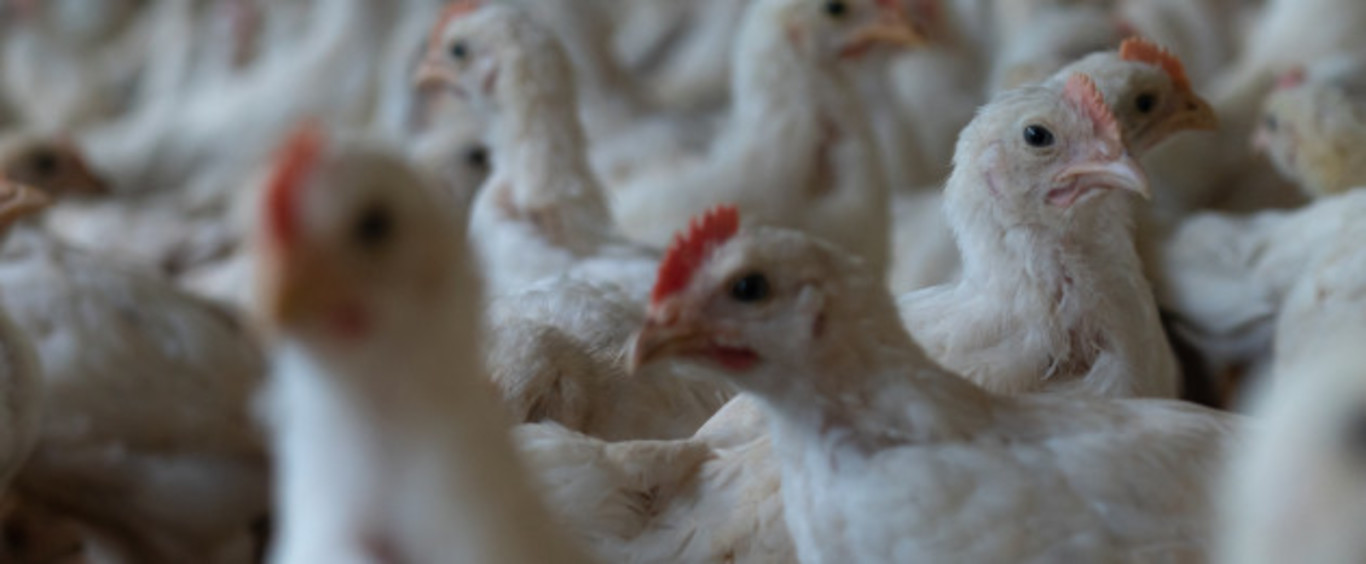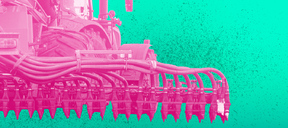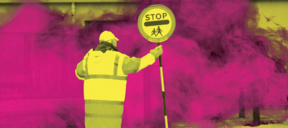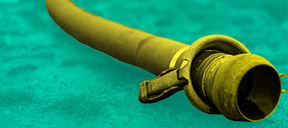Explosion in poultry farming in Border region poses air pollution threat
Report, seen by Noteworthy, shows over 250,000 tonnes of manure is being currently produced by the industry in Monaghan alone.
THE RAPID GROWTH of chicken farms in the border counties has the potential to cause serious negative impacts on air quality and protected nature areas, according to a report.
The poultry sector, including both meat and eggs, brings in over €600 million annually that the report states is a “significant boost to rural economies”. The sector also supports over 5,000 jobs, most of them in the border counties where the industry is concentrated.
A previous 2020 study from University College Cork found that 240 of 418 farms producing chicken meat at the time of the study were based in Monaghan.
- Read more here to support a major Noteworthy project to examine the health and pollution impacts of the industrialisation of Irish agriculture.
The new report commissioned in January by Monaghan County Council and carried out by planning consultancy Fehily Timoney estimates that there are now 18.5 million birds in the county, most of which are raised for their meat.
The report, seen by Noteworthy, also found that 118 applications were made for farms in Monaghan between 2018 and 2020 that could potentially house an additional 2.8 million birds.
The Environmental Protection Agency is in charge of granting permission for any farms that house over 40,000 birds, and currently has around 15 live applications for Monaghan, as well as 10 applications from existing facilities to increase capacity.
“Analysis of the number of licences granted to date shows a linear increase in the total number of licensed poultry facilities in Co Monaghan from 2003 to present,” the Fehily Timoney report found.
This suggests, the report said, an “increasing intensification of the poultry sector” that may have “direct and indirect negative impacts on the environment locally and on a wider scale and requires diligent planning and management”.
Negative impacts on nature
Potential impacts listed in the report include traffic movements to and from farms, the landscape impact of the chicken houses, odour from manure and avian disease.
The biggest concern, however, is the impact of ammonia emissions from chicken litter that can cause soil and water contamination and is a key cause of air pollution in Ireland.
When ammonia is emitted into the air, it is also then deposited onto land and water surfaces as nitrogen, often many kilometres from the original source, and can further impact biodiversity through the loss of plants and changes in the ecosystem structure.
The Fehily Timoney report estimates that over 250,000 tonnes of manure is currently produced by the industry in Monaghan alone.
According to the county development plan, most of the litter is sent to other counties for spreading as manure, with limited spreading in Monaghan as it has many “sensitive water bodies [and] substantial areas of wet soils and soils with high runoff risk”.
The poultry industry accounts for 3% to 4% of annual ammonia emissions, with the wider agricultural sector responsible for 99% of the national total.
While individual farms may not have a big impact alone, due to the “concentrated and intensive nature of poultry farming” in Monaghan, the report warns about the cumulative impact of sites, especially when located near sensitive habitats such as bogs.
There is a significant concentration of poultry farms in the northwest of the county close to two protected nature sites, with a further 20 sites within 15km of the county border.
Concern at environmental watchdog
A 2020 EPA study on the impact of ammonia emissions on protected areas found that Monaghan, together with east Cavan and west Limerick, is the worst affected area.
The EPA also assessed the cumulative impact of farms on three protected sites in the Cavan-Monaghan area – Slieve Beagh, Kilroosky Lough, and Lough Oughter, all designated to protect a variety of habitats and species.
There are over 80 poultry facilities within 10km of Kilroosky Lough and 127 farms within 10km of Slieve Beagh, with the EPA finding critical levels for ammonia were exceeded at all three sites as a result of the cumulative impact of emissions.
The EPA issued stricter guidelines in May as to how licence applicants must assess the impact of air emissions on protected nature sites, as well as outlining that they must prove that they will not have an significant adverse impact on these biodiversity hotspots.
In a June letter sent to applicants and current licensees in the Monaghan area, the environmental watchdog said that its findings may have “significant implications” for licensing new and existing farms wishing to expand within 10km of these protected sites.
“Any increase in emissions, impacting on these [protected nature] sites, cannot at this time be authorised,” the letter, seen by Noteworthy, said.
The EPA told Noteworthy that the poultry sector is “engaging proactively with the EPA to progress the licence applications on hand”.
In order to tackle these key issues, the Fehily Timoney report recommends that a live inventory of poultry farms is created, as well as sharing of data on litter disposal.
It also calls for the poultry industry to enhance research and monitoring of air emissions and to investigate sustainable alternative outlets for manure to reduce the industry’s current reliance on spreading the litter as manure on land.
It also proposes that an industry task force is set up to work alongside the Council. “This is an opportunity for the sector to seek improvements, improve efficiency, establish best practice and become a leader in sustainable poultry farming,” the report said.
Monaghan County Council told Noteworthy that the recommendations in the report will be considered, “together with the advice and guidance for intensive agricultural installations issued by the EPA”.
The report was presented to elected Council members earlier this month who agreed to create a taskforce as recommended in the report.
—
FACTORY FARM Investigation

Are we prioritising profits over animal welfare and human health?
The Noteworthy team wants to examine the impact of the move to a more intensified farming model and highlight the animal welfare, human health and environmental impacts of this shift in production.
Here’s how to help support this proposal>







